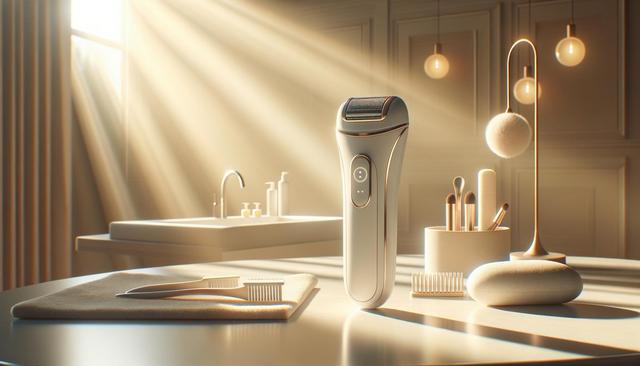Understanding Hair Growth and Removal Options
Before choosing a hair removal method, it’s helpful to understand why and how hair grows. Hair growth occurs in cycles, and different areas of the body may grow hair at varying speeds and thicknesses. This is why some methods work better for certain body parts or hair types. The main categories of hair removal include temporary and semi-permanent solutions, each offering varying results in terms of longevity and comfort.
Temporary techniques like shaving, tweezing, and using depilatory creams are often quick and inexpensive, but they require frequent maintenance. Semi-permanent solutions such as waxing, sugaring, and threading remove the hair from the root, offering smoother skin for longer periods—typically between 3 to 6 weeks. Understanding these differences can help you select the most suitable option for your routine and skin sensitivity.
Shaving and Depilatory Creams: Quick But Short-Term
Shaving is one of the most accessible and widely used hair removal methods. It cuts hair at the skin’s surface and can be done with manual or electric razors. While convenient, it often leads to quick regrowth and may cause irritation, especially in sensitive areas. To minimize discomfort, it’s important to use a sharp blade and shaving cream or gel to reduce friction.
Depilatory creams chemically break down the hair structure, allowing it to be wiped away easily. These are effective for areas like legs and arms but can cause allergic reactions or chemical burns if not used properly. Always do a patch test before using a new cream and follow the instructions carefully.
Some benefits of these methods include:
- Quick and easy to perform at home
- Minimal tools or products required
- Affordable for most people
However, they generally do not offer long-lasting results and may not be suitable for those with sensitive skin or coarse hair.
Waxing and Sugaring: Longer-Lasting Smoothness
Waxing and sugaring are popular choices for those looking for longer-lasting hair removal. Both methods remove hair from the root, which means it takes longer to grow back. Waxing uses either soft wax with strips or hard wax that’s peeled off once hardened. Sugaring, on the other hand, uses a natural paste made from sugar, water, and lemon juice. It is often considered a gentler alternative to waxing.
These techniques are suitable for various areas, including legs, arms, underarms, and even the bikini line. While they can be done at home, many prefer to visit a professional for better results and reduced discomfort. Some of the key advantages are:
- Longer periods between hair regrowth (up to 4 weeks or more)
- Smoother results since hair is removed from the root
- Potential for finer regrowth over time
However, waxing and sugaring can be painful, especially for first-timers, and may cause redness or ingrown hairs. Proper aftercare, such as moisturizing and exfoliating, can help reduce these effects.
Threading and Tweezing: Precision Hair Removal
Threading and tweezing are ideal for small areas that require precision, such as eyebrows, upper lip, and chin. Threading involves using a twisted cotton thread to pull hair out at the follicle level. It is often praised for its accuracy and control, especially when shaping eyebrows. Tweezing, while similar in outcome, removes individual hairs using a pair of tweezers.
Although these methods are time-consuming and not ideal for large areas, they offer some benefits:
- High level of precision
- Minimal equipment needed
- Longer regrowth periods compared to shaving
Threading is usually done by professionals due to the skill required, while tweezing can be easily done at home. As with other root-removal methods, some redness or irritation may occur, so applying a soothing gel afterward can help.
Long-Term Options: Laser and Electrolysis
For those seeking more permanent solutions, laser hair removal and electrolysis are the most viable options. Laser hair removal uses concentrated beams of light to target hair follicles, reducing hair growth over time. It works best on individuals with light skin and dark hair, although newer technologies are improving effectiveness for a broader range of skin tones.
Electrolysis involves inserting a tiny needle into each hair follicle and using an electric current to destroy the root. Unlike laser, electrolysis works on all hair and skin types and is approved as a permanent hair removal method. However, it requires multiple sessions and can be time-intensive.
Some key considerations for long-term methods include:
- Higher upfront costs compared to temporary methods
- Multiple sessions required for optimal results
- Performed by licensed professionals for safety and effectiveness
These options are worth considering if you’re looking for a more lasting reduction in unwanted hair and are willing to invest in the process.


